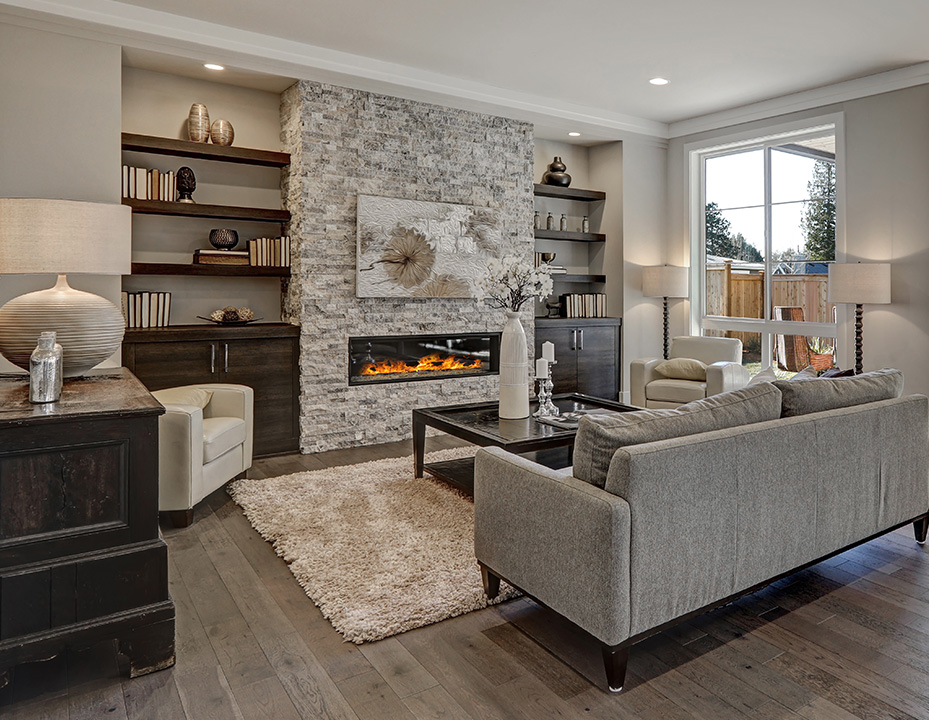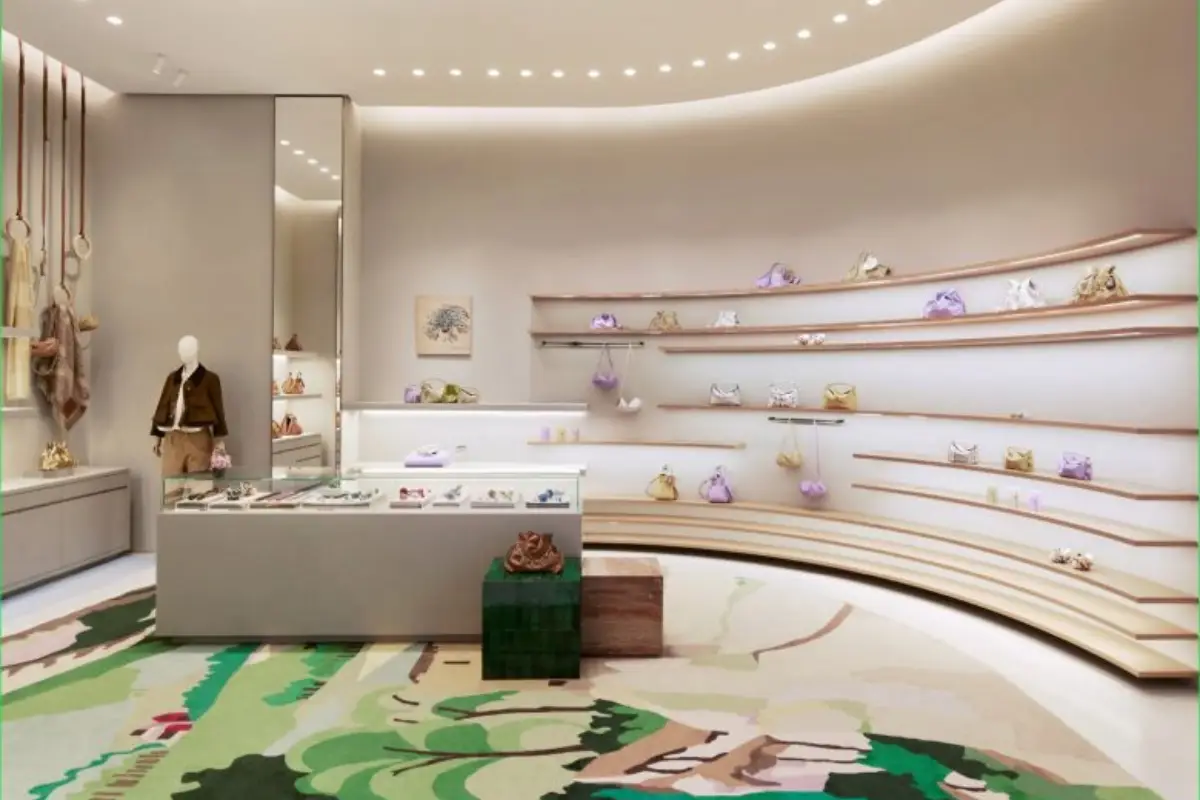Retail interior design is a crucial element in creating memorable shopping experiences and driving sales. At Nexpace Interiors, we specialize in designing retail spaces that captivate customers, enhance brand identity, and optimize the shopping journey. Our expertise as a leading interior designer in Bangalore ensures that every retail environment we create is both visually appealing and functionally effective. In this comprehensive guide, we explore the essential aspects of retail interior design and how Nexpace Interiors brings these concepts to life.
The Significance of Retail Interior Design
Retail interior design plays a pivotal role in shaping the customer experience and influencing purchasing behavior. A well-designed retail space not only attracts customers but also encourages them to spend more time and money. The design elements, layout, and ambiance of a store can significantly impact a customer’s perception of the brand and their overall shopping experience. Therefore, investing in thoughtful and strategic retail interior design is essential for achieving business success and fostering customer loyalty.
Understanding the Brand and Target Audience
The foundation of successful retail interior design lies in understanding the brand and its target audience. At Nexpace Interiors, we begin every project by gaining a deep insight into the brand’s identity, values, and objectives. This understanding informs our design decisions and ensures that the retail space effectively represents the brand and resonates with its target customers.
For example, a high-end fashion retailer may require a luxurious and sophisticated design, while a family-friendly store may benefit from a fun and inviting atmosphere. By aligning the design with the brand’s image and the preferences of its target audience, we create retail environments that engage customers and enhance their shopping experience.
Store Layout and Space Planning
Effective store layout and space planning are critical components of retail interior design. The layout determines how customers navigate the space, interact with products, and make purchasing decisions. Our team at Nexpace Interiors carefully plans the layout to optimize the use of space and create a seamless flow throughout the store.
We consider several factors when designing the layout, including the store’s size, the type of products sold, and the desired customer experience. Key design elements include:
Entrance Area: The entrance area is the first point of contact with customers. It should be inviting and set the tone for the rest of the store. We design eye-catching entrances that attract attention and draw customers inside.
Product Placement: Strategic product placement encourages customers to explore different sections of the store and discover new items. We create visually appealing displays that highlight key products and promotions.
Checkout Area: The checkout area is a crucial part of the retail experience. It should be conveniently located and designed to facilitate a smooth and efficient transaction process. We focus on creating an organized and aesthetically pleasing checkout area that minimizes wait times and enhances customer satisfaction.
Creating an Engaging Customer Experience
A successful retail interior design creates an engaging and immersive customer experience. At Nexpace Interiors, we focus on designing spaces that captivate customers and encourage them to spend more time in the store. Key elements that contribute to an engaging experience include:
Visual Merchandising: Visual merchandising involves presenting products in a way that attracts and excites customers. We use creative displays, signage, and lighting to showcase products and highlight their features. Effective visual merchandising can significantly boost sales and create a memorable shopping experience.
Lighting Design: Lighting plays a crucial role in setting the mood and highlighting key areas of the store. We use a combination of ambient, accent, and task lighting to create the desired atmosphere and draw attention to specific products. Proper lighting enhances the overall ambiance and makes the shopping experience more enjoyable.
Color and Materials: The choice of colors and materials can influence customers’ perceptions and emotions. We select colors and materials that align with the brand’s identity and create a cohesive and inviting environment. Whether it’s a sleek modern look or a warm and rustic feel, our designs reflect the brand’s character and appeal to customers.
Enhancing Brand Identity
Retail interior design is an opportunity to reinforce the brand’s identity and communicate its values to customers. At Nexpace Interiors, we incorporate brand elements into the design to create a cohesive and impactful retail environment. Key considerations include:
Brand Colors and Logos: We integrate the brand’s colors and logos into the design to create a strong visual identity. These elements are strategically placed throughout the store to reinforce brand recognition and create a unified look.
Thematic Elements: Thematic design elements can enhance the brand’s story and create a unique shopping experience. We use themes and design motifs that reflect the brand’s values and resonate with customers.
Brand Messaging: Clear and compelling brand messaging is communicated through signage, graphics, and displays. We ensure that the design effectively conveys the brand’s key messages and values to customers.
Optimizing Customer Flow and Traffic
A well-designed retail space should facilitate smooth customer flow and traffic management. At Nexpace Interiors, we use space planning and layout strategies to guide customers through the store and encourage them to explore various sections. Key considerations include:
Wayfinding: Clear signage and visual cues help customers navigate the store and find what they’re looking for. We design intuitive wayfinding systems that make it easy for customers to locate products and departments.
Flow and Circulation: The layout should promote a natural flow of movement and minimize congestion. We design pathways and circulation patterns that guide customers through the store and encourage exploration.
Zoning: Creating distinct zones for different product categories helps customers find what they need quickly and easily. We design zones that are visually appealing and organized to enhance the shopping experience.

Incorporating Technology
Technology plays an increasingly important role in retail interior design. From interactive displays and digital signage to mobile payment systems and smart fitting rooms, technology enhances the shopping experience and improves operational efficiency. At Nexpace Interiors, we integrate cutting-edge technology into our designs to create modern and innovative retail environments.
Interactive Displays: Interactive displays engage customers and provide information about products and promotions. We design digital touchpoints that enhance the shopping experience and encourage customer interaction.
Digital Signage: Digital signage allows for dynamic and customizable messaging. We use digital screens to display promotions, product information, and brand content, creating an engaging and informative shopping environment.
Mobile Payment Systems: Mobile payment systems streamline the checkout process and offer convenience to customers. We incorporate mobile payment solutions into the design to enhance the efficiency of transactions.
Sustainable Design Practices
Sustainability is an important consideration in retail interior design. Consumers are increasingly aware of environmental issues and prefer brands that prioritize sustainability. At Nexpace Interiors, we incorporate eco-friendly design practices to create retail spaces that are both beautiful and environmentally responsible.
Eco-Friendly Materials: We use sustainable and recycled materials in our designs to minimize environmental impact. Eco-friendly materials contribute to a healthier indoor environment and align with the brand’s commitment to sustainability.
Energy-Efficient Lighting: Energy-efficient lighting solutions reduce energy consumption and lower operating costs. We select LED lighting and other energy-saving options to create a well-lit and environmentally friendly retail space.
Green Building Practices: We follow green building practices and design principles that promote energy efficiency, water conservation, and waste reduction. Our commitment to sustainability extends to every aspect of the design process.

